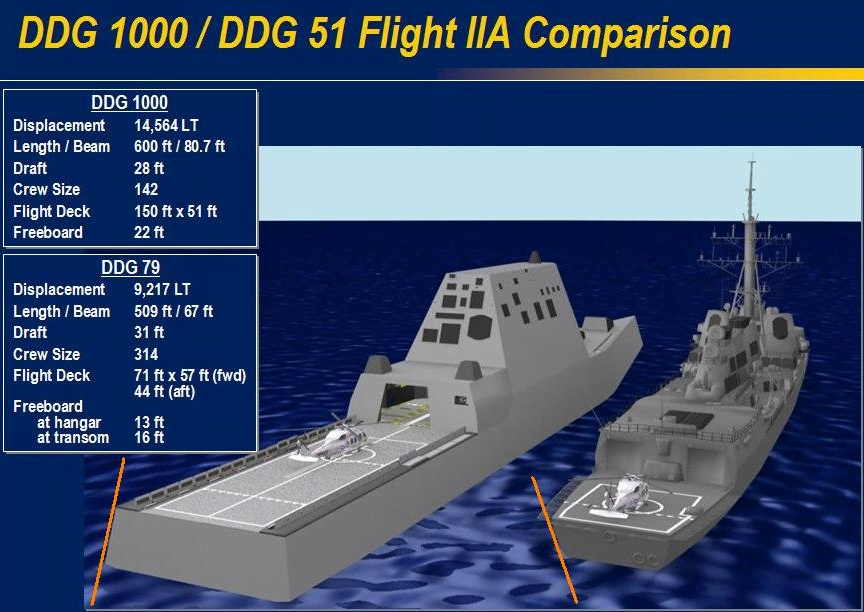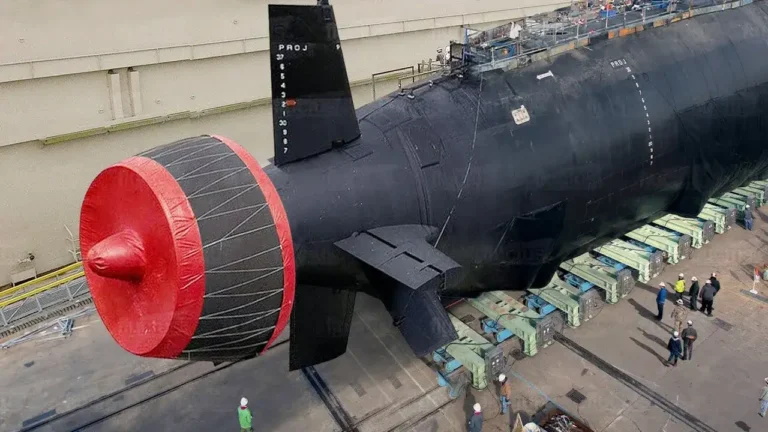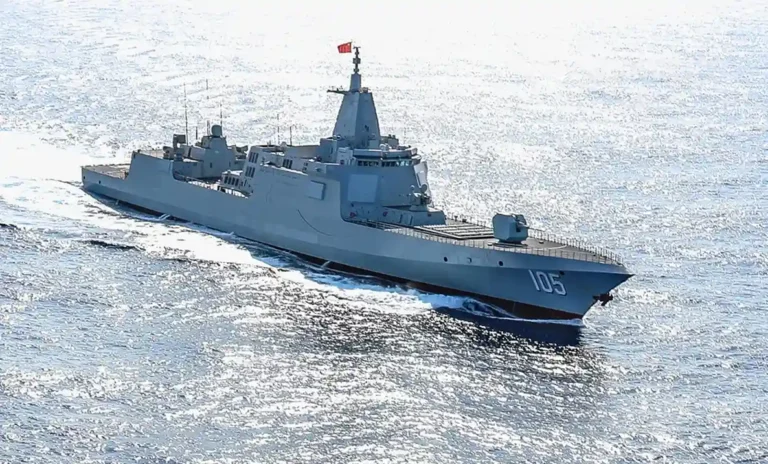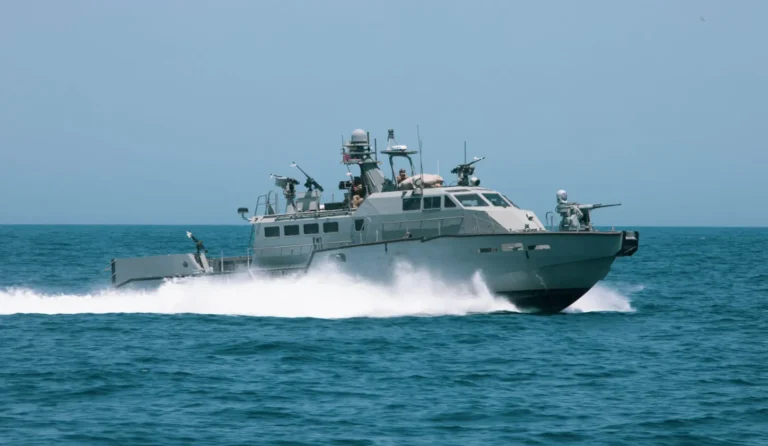Follow Us:
Share
Table of Contents:
Defense Feeds – Having the ability to handle severe conditions better than most ships its size, the U.S. Navy’s newest warship, USS Zumwalt is reported to quickly rights itself in rough waters, faster than other designs.
The vessel that is equipped with numerous advanced technology and survivability systems, is also described to turns as more of a “drift” or slide through the water than others.
With a relative location of the steering stops, the size of the propellers and the stability of its so-called “tumblehome” design, it seems that Zumwalt-class destroyers appears to be one of the Navy’s most comfortable rides.

However, have it ever crossed your mind ‘’why Zumwalt class is built with a tumblehome hull?” Welcome back with us again today on another episode at this channel. If you are curious to the answer, stay tune and watch this video till the end!
What Makes Zumwalt’s Tumblehome Hull So Special?
We will begin this session by taking a look at the Zumwalt, formally known as DDG 1000, are a three-ship series of guided missile destroyers developed by the United States Navy. As multi-mission stealth ships with a focus on land attack, this ship is larger than Ticonderoga-class cruisers.
The vessel with 14,500 tons is a multi-function class that was built with a primary purpose of naval gunfire support and secondary roles of surface and anti-aircraft warfare.
Interestingly, the Zumwalt, unlike other modern warships, has such a “tumblehome” hull. As it approaches the water, the hull widens, and the bow at the water’s edge is longer than the main deck. As a result, the ship has the appearance of a knife cutting through water, giving it a sleek, stealthy appearance.

But then, why actually a tumblehome hull is used and how does it advantage to the ship?
The tumblehome has been reintroduced in the 21st century to reduce the radar return of the hull. The ‘tumblehome’ hull forms a design in which hull slopes inward from above the waterline. This significantly reduces the radar cross-section since such a slope returns a much less defined radar image rather than a more hard-angled hull form.
Moreover, instead of riding over waves like the conventional naval hull, the tumblehome hull can cut through waves while maintaining enhanced stability in most seas.
According to Downey, as quoted by USNI, tumblehome is the only method the best naval architects and designers could produce the least bow wake, stern wake and reduce radar cross section.
As a result, it can create a wider beam that can accommodate additional systems.It is believed that the tumblehome, in which the beam of the vessel narrowed from the waterline to the upper deck, would create better freeboard, greater seaworthiness, and would be ideal to navigate through narrow constraints such as canals.
It cannot be denied that the USS Zumwalt, with its knifelike bow, is more stable in stormy weather than other destroyers and cruisers. On a recent mission to Alaska, it is confirmed the design’s superiority, countering critics who believed early on that the Zumwalt would be less seaworthy than previous design.
In short, this is the Zumwalt class with all of the ability and a significant achievement that brings it one step closer to being able to carry out operational missions, no matter how limited, in more challenging situations.
That’s all for today, thank you so much. If you find this post is interesting, do not forget to like, comment in the end this post.
Share
Defense Feeds
Defense Feeds is publication focusing on informing, engaging, and empowering the world by providing accurate information from defense technology.
Powered by Defense Feeds © 2025 – All rights reserved.




